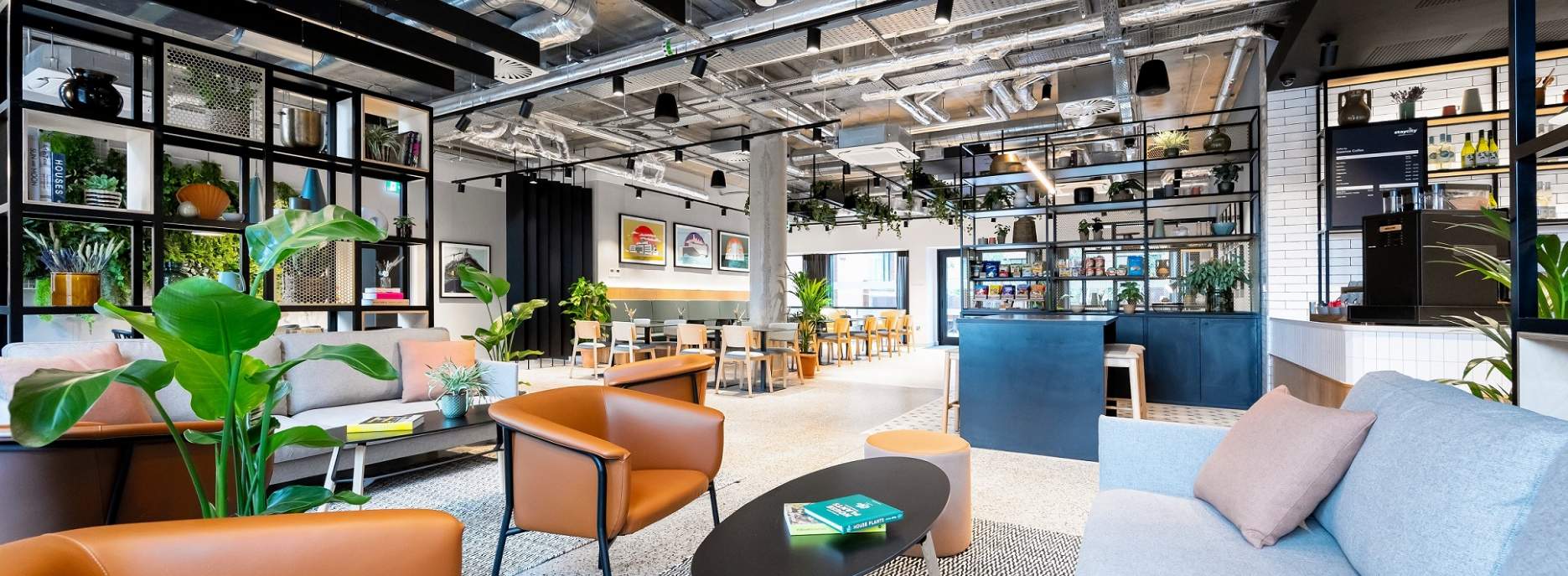Marginally outperforming traditional hotels, serviced apartments were among the first hospitality sectors to recover from Covid-19, largely due to their appeal to customers seeking greater isolation. While this outperformance has somewhat levelled off as international tourism resumes, there remain several hotspots where they continue to attract both visitors and investors.
The hospitality industry underwent significant changes during the pandemic, with serviced apartments emerging as a standout performer.
Leading markets: Paris and London
Paris and London stand out as the leading markets in Europe for serviced apartments, with each boasting over 11,000 units. These numbers reflect the sheer size and dynamism of their visitor markets. London, in particular, is poised for further growth. According to the committed pipeline, which includes projects under construction or in the final planning stages set to complete by 2028, London is expected to overtake Paris as Europe’s largest serviced apartment market. A projected 21% increase in supply will solidify its position as a key player.
Emerging development hotspots
Beyond the major hubs of Paris and London, several other European cities are emerging as development hotspots for serviced apartments. Dublin, for instance, has nearly 700 units in its development pipeline, which will result in a 34% increase in supply, albeit from a relatively low base. Similarly, Lisbon is set to see its supply double, with over 500 units planned. Though these markets are smaller, the percentage increase in supply is significant, indicating strong growth potential.
Market share and expansion potential
Despite the impressive growth in certain cities, extended stay accommodations still represent a relatively small portion of the overall European hospitality market. On average, they account for just 6.1% of total accommodation supply across Europe’s largest cities. Paris and Frankfurt lead the way with a share of 11.6% and 12.1%, respectively, while London, currently the second-largest extended stay market in Europe, sees extended stay units making up 7% of its total accommodation supply. Even in Lisbon, where supply is set to double, the market share will only reach 2%.
This relatively low proportion across Europe suggests that there is ample room for further expansion in the serviced apartment sector.
Opportunities for growth
The potential for growth in the serviced apartment sector is further highlighted when comparing current stock levels to the number of international arrival nights where trips exceed four nights. This analysis reveals several markets that remain relatively undersupplied. For example, in Lisbon and Stockholm, extended stay accommodations account for just 1.6% and 2.8%, respectively, of total nights for trips longer than four days. Cities like Frankfurt, Munich, and Dublin, which are better supplied, still offer room for expansion given the low market share of this sector and the profile of demand.
Even in markets like Paris and London, where stock exceeds 11,000 units, there is still a relative undersupply. This presents an opportunity for operators to capture a larger share of the longer-stay market, especially as the concept of co-living gains traction. The ability to pivot and cater to both extended stay and co-living segments could unlock new opportunities for growth and differentiation.
The serviced apartment sector in Europe is ripe with opportunities for development and expansion. While markets like London and Paris are leading the charge, there is significant potential in emerging hotspots like Dublin and Lisbon. With relatively low market share across the continent, the sector is poised for growth, especially as the demand for longer stays and alternative accommodation options continues to rise. For investors and operators, now is the time to explore these opportunities and capitalise on the evolving landscape of European hospitality.
Article header image: Staycity Dublin City Centre





.jpg)


.jpg)

